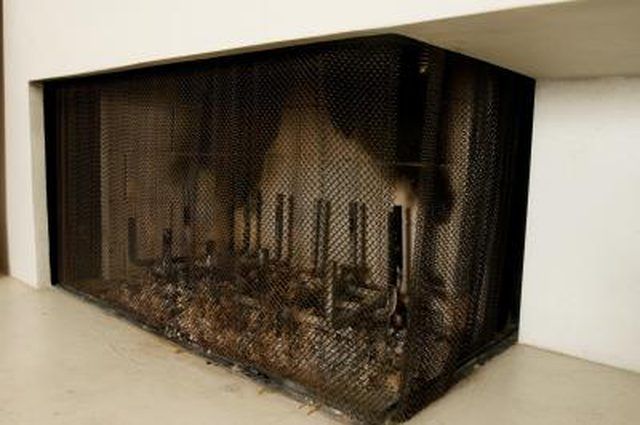Bulbs
Flower Basics
Flower Beds & Specialty Gardens
Flower Garden
Garden Furniture
Garden Gnomes
Garden Seeds
Garden Sheds
Garden Statues
Garden Tools & Supplies
Gardening Basics
Green & Organic
Groundcovers & Vines
Growing Annuals
Growing Basil
Growing Beans
Growing Berries
Growing Blueberries
Growing Cactus
Growing Corn
Growing Cotton
Growing Edibles
Growing Flowers
Growing Garlic
Growing Grapes
Growing Grass
Growing Herbs
Growing Jasmine
Growing Mint
Growing Mushrooms
Orchids
Growing Peanuts
Growing Perennials
Growing Plants
Growing Rosemary
Growing Roses
Growing Strawberries
Growing Sunflowers
Growing Thyme
Growing Tomatoes
Growing Tulips
Growing Vegetables
Herb Basics
Herb Garden
Indoor Growing
Landscaping Basics
Landscaping Patios
Landscaping Plants
Landscaping Shrubs
Landscaping Trees
Landscaping Walks & Pathways
Lawn Basics
Lawn Maintenance
Lawn Mowers
Lawn Ornaments
Lawn Planting
Lawn Tools
Outdoor Growing
Overall Landscape Planning
Pests, Weeds & Problems
Plant Basics
Rock Garden
Rose Garden
Shrubs
Soil
Specialty Gardens
Trees
Vegetable Garden
Yard Maintenance
How to Put Wood Ashes to Good Use
How to Put Wood Ashes to Good Use. Those ashes from your wood stove or fireplace can be put to good use in your landscape. Ash contains many nutrients needed for plant growth, such as potassium, magnesium and calcium, according to Dan Sullivan, a soil scientist for the Oregon State University Extension. Hardwoods like oak provide about five times...

Those ashes from your wood stove or fireplace can be put to good use in your landscape. Ash contains many nutrients needed for plant growth, such as potassium, magnesium and calcium, according to Dan Sullivan, a soil scientist for the Oregon State University Extension. Hardwoods like oak provide about five times the nutrients of softwoods like fir. Wood ash also can neutralize acidic soils, so don't use it around acid-loving plants like rhododendrons. Place the ashes in a metal container outdoors, away from buildings; when they've cooled completely, they're ready to use.
Things You'll Need
Eye protection
Dust mask
Work gloves
Shovel
Rake
Put on your eye protection, dust mask and gloves. Shovel small amounts of wood ash into your compost pile. Turn the pile with the shovel as you add the ash. Don't add too much, or the ash can rob nitrogen from the pile, according to the University of Minnesota Extension.
Sprinkle your vegetable garden and flower beds with a garden hose to moisten the soil. Spread wood ashes lightly over the gardens, making sure to wear gloves, goggles and dust mask. Rake lightly to mix in the ash. You can also spread ash under shrubs that are not acid-lovers. Don't apply ash to newly seeded areas, or where you plan to sow potatoes -- it can promote potato scab.
Spread wood ash over your lawn if it's in need of lime and potassium, again wearing your protective gear. Use no more than 10 to 15 lbs. of ash per 1,000 square feet of lawn, recommends the Oregon State University Extension.
Tips & Warnings
One important thing do not leave wood ashes out in the rain in their container, their nutrients will be quickly leached out all over where they set.
Wait until the ashes are thoroughly cooled before spreading them in the landscape.
Wood ash raises the pH or alkalinity of the soil, so don't use it if your soil pH is greater than 7.0.
Do not scatter ashes when it's windy.
Don't leave a container of ashes out in the rain, or the nutrients will leach out where the container sits.